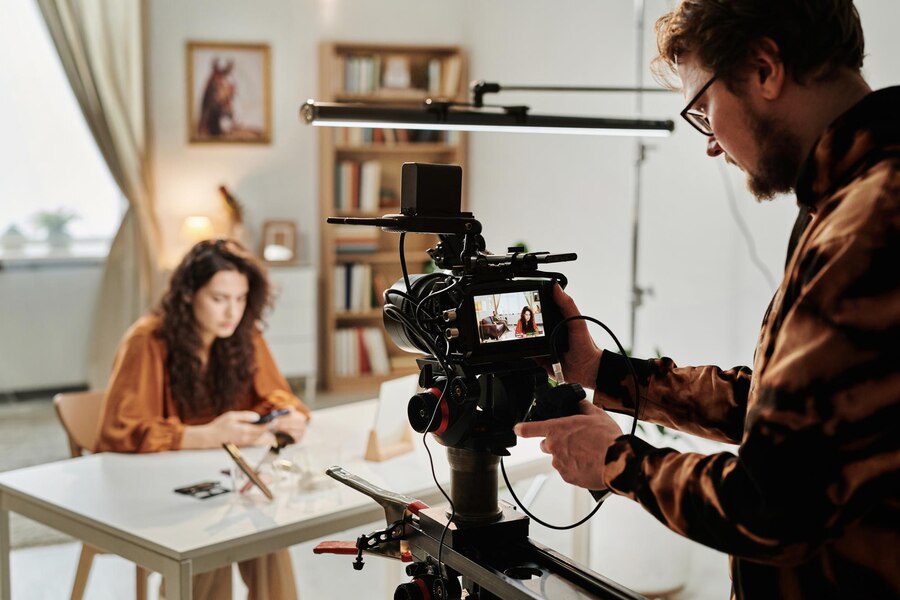Introduction
Filmmaking is an intricate art that involves a myriad of techniques to convey stories visually. Aspiring filmmakers keen on mastering the craft can benefit greatly from delving into the literature that explores various cinematic techniques. In this article, we highlight five must-read books that delve into the technical aspects of filmmaking, offering valuable insights and practical knowledge to help aspiring filmmakers hone their skills.

1. “Cinematography: Theory and Practice” by Blain Brown
Understanding the Visual Language
Blain Brown’s “Cinematography: Theory and Practice” serves as a comprehensive guide for aspiring filmmakers eager to grasp the fundamentals of cinematography. This book delves into the principles of visual storytelling, covering topics such as camera movement, lighting, and composition. With a balance of theory and practical advice, Brown’s work equips filmmakers with the knowledge needed to create visually compelling narratives.
2. “The Five C’s of Cinematography” by Joseph V. Mascelli
Essential Principles for Cinematographers
Joseph V. Mascelli’s classic, “The Five C’s of Cinematography,” remains a timeless resource for filmmakers seeking a deep understanding of essential cinematographic principles. Mascelli breaks down the five key elements of cinematography – Camera Angles, Continuity, Cutting, Close-ups, and Composition. This book provides a solid foundation for aspiring cinematographers, emphasizing the importance of visual coherence and storytelling through camera work.
3. “Color Correction Handbook” by Alexis Van Hurkman
Mastering the Art of Color Grading
Color grading is a crucial aspect of filmmaking that significantly influences the visual tone and mood of a film. In “Color Correction Handbook,” Alexis Van Hurkman demystifies the complexities of color grading, offering practical tips and techniques for achieving professional-looking results. Aspiring filmmakers looking to enhance the visual impact of their work will find this book to be an indispensable guide to the art of color correction.
4. “The Art of Watching Films” by Joe Boggs and Dennis Petrie
Developing a Critical Eye
Understanding the nuances of filmmaking involves more than just creating; it also requires a keen eye for analyzing and appreciating cinematic works. “The Art of Watching Films” by Boggs and Petrie serves as a valuable resource for aspiring filmmakers to develop a critical understanding of the medium. This book covers film theory, genre analysis, and the elements of film style, providing a foundation for filmmakers to approach their craft with a more informed perspective.
5. “Motion Picture and Video Lighting” by Blain Brown
Illuminating the Cinematic Narrative
Lighting is a cornerstone of cinematography, and Blain Brown’s “Motion Picture and Video Lighting” offers a detailed exploration of this crucial aspect. From understanding the qualities of light to practical lighting setups, this book provides aspiring filmmakers with the knowledge needed to create visually compelling scenes. With a focus on both theory and application, Brown’s expertise shines through in this illuminating guide for filmmakers.
Conclusion
Mastering the books for aspiring filmmakers it involves a profound understanding of the technical aspects that shape the visual narrative. The books mentioned above offer aspiring filmmakers a rich tapestry of knowledge, covering cinematography, color grading, critical analysis, and lighting. By delving into these resources, filmmakers can enrich their skill sets and embark on a journey toward creating visually captivating and compelling cinematic experiences.
